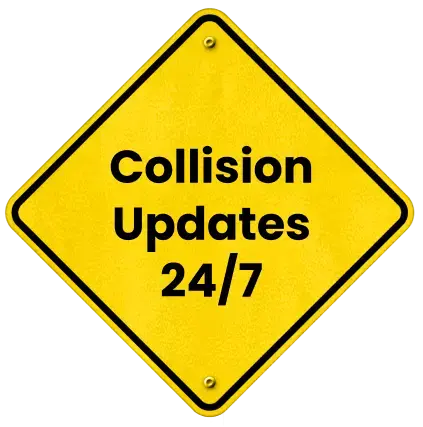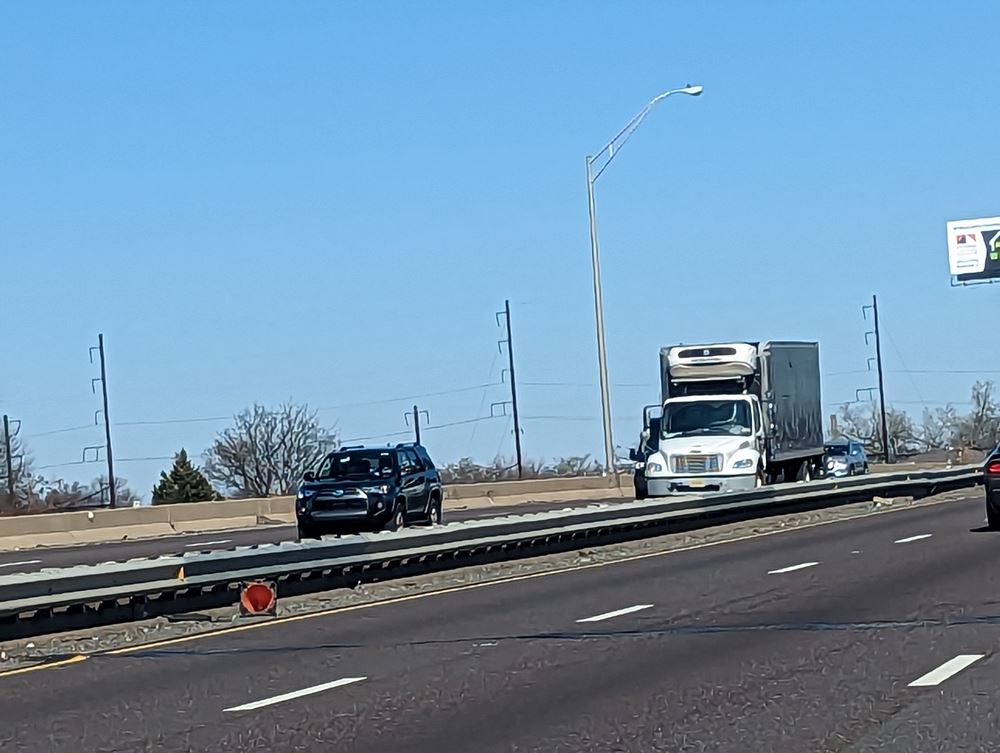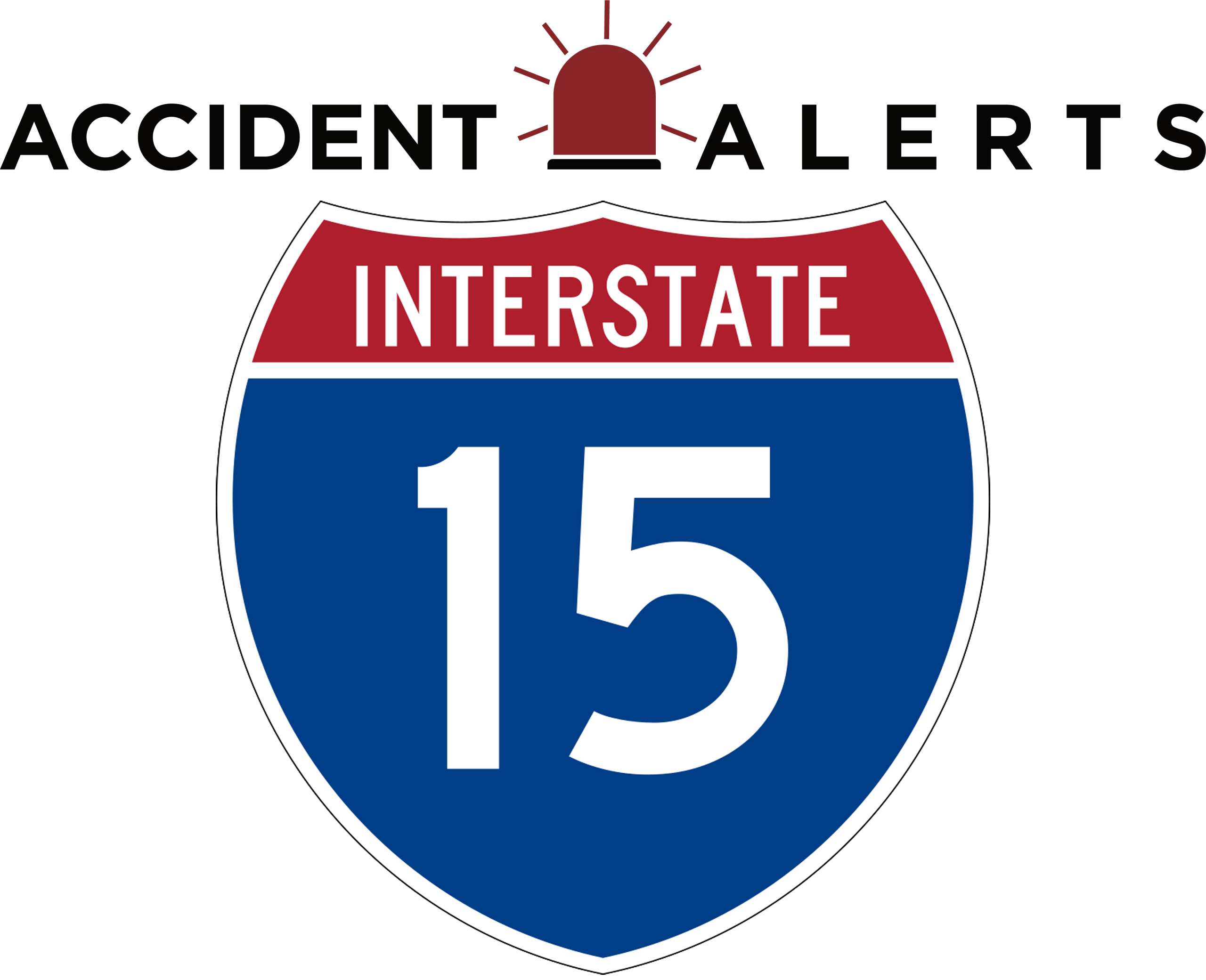
The Most Dangerous Stretches of I-15 and Why Accidents Happen There


Interstate 15 is a vital corridor stretching from San Diego, California, to the Canadian border in Montana. Spanning over 1,400 miles, it serves as a critical route for commuters, freight, and recreational travelers. However, certain segments of I-15 have gained notoriety for their high accident rates.
Understanding the I-15 dangerous sections, identifying I-15 accident hotspots, and analyzing factors that contribute to crashes, including traffic congestion, weather risks, and driver behavior, can help drivers stay vigilant and reduce risks.
High-Risk Zones Along I-15
One of the most dangerous stretches of I-15 is the Cajon Pass between Los Angeles and San Bernardino, California. This area is infamous for its steep grades, sharp curves, and the I-15/I-215 interchange that experiences chronic congestion.
During peak hours, average travel speeds can drop to as low as 10 mph, and the combination of heavy truck traffic and frequent fog increases the likelihood of collisions. Drivers unfamiliar with this corridor often underestimate the risks, contributing to a higher accident rate compared to other similar highways.
Approaching Las Vegas, Nevada, I-15 becomes particularly hazardous near the Spaghetti Bowl, where the interstate intersects with I-515 and U.S. Route 95. High-speed traffic merges with frequent lane changes, sudden stops, and a significant influx of tourists unfamiliar with the area.
This segment consistently ranks as one of the most accident-prone portions of the interstate, with Las Vegas accidents on I-15 accounting for a significant share of regional crashes. The problem intensifies during weekends, holidays, and major conventions when traffic surges, creating a mix of slow-moving vehicles and high-speed commuter traffic.
In Arizona, the Virgin River Gorge presents unique challenges. The highway winds through a narrow, steep canyon with limited visibility. Sharp curves combined with high-speed limits make this section prone to rollovers and head-on collisions, especially during inclement weather.
Further north, southern Utah features long, straight stretches of desert highway. While seemingly straightforward, these areas pose risks related to driver fatigue and speeding. Monotony can lead to decreased attention, increasing the chances of rear-end collisions and single-vehicle accidents. Studies show that after just 90 minutes of continuous driving on a straight, unchanging road, driver alertness can drop significantly, creating dangerous situations even for experienced motorists.
Additional high-risk zones include the Barstow to Baker corridor in California, a desert stretch that encourages speeding due to its long, straight alignment. This segment sees heavy freight traffic, particularly trucks traveling to and from the Inland Empire and Las Vegas. Extreme summer heat can cause tire blowouts and vehicle overheating, further elevating the risk of accidents.
North of Las Vegas toward Mesquite, Nevada, traffic density fluctuates sharply. Weekend travelers heading to Lake Mead combine with freight traffic, creating scenarios where fast-moving and slow-moving vehicles interact in short distances, often leading to chain-reaction collisions.
Contributing Factors to Accidents
Several elements contribute to the high accident rates on these stretches of I-15. High traffic volumes, particularly during peak hours, holidays, and weekends, often lead to congestion, which reduces reaction times and increases the likelihood of collisions. Weather conditions are another major factor: fog, rain, snow, and even desert heat can impair visibility and road traction, making driving hazardous.
The design of the road itself, including steep grades, sharp curves, and complex interchanges, poses additional challenges for drivers, especially those unfamiliar with the terrain.
Driver behavior also plays a critical role. Speeding, distracted driving, tailgating, drowsy driving, and impaired driving are all frequent contributors to accidents. Tourists unfamiliar with I-15’s unique challenges may misjudge exits, lane changes, or the impact of sudden slowdowns, particularly near urban interchanges or recreational areas.
Fatigue is especially problematic in long desert stretches of Utah and Arizona, where there are fewer opportunities for rest stops. Research indicates that even experienced drivers can experience lapses in attention and delayed reaction times on these long, monotonous highways.
Safety Measures and Road Improvements
Mitigating the risks on I-15 requires a combination of infrastructure improvements, public awareness, and enforcement measures. Enhanced signage warning drivers of sharp curves, steep grades, upcoming interchanges, and changing speed limits can prepare motorists for potential hazards. Road maintenance, including clearing debris, repairing potholes, and resurfacing worn sections, reduces accidents caused by unexpected obstacles or poor traction.
Public awareness campaigns play a vital role in reducing crashes. Educating drivers about the unique hazards of the I-15 dangerous sections, from the Cajon Pass fog to the monotony of Utah deserts, helps promote safe driving behaviors. Law enforcement presence, particularly in high-risk zones, deters speeding, aggressive driving, and impaired operation of vehicles.
In recent years, smart highway technologies, such as dynamic message signs, traffic cameras, and real-time congestion monitoring, have been implemented along select I-15 stretches to improve situational awareness for drivers. Additionally, ongoing corridor improvement projects, like lane widening and shoulder enhancements, aim to reduce congestion and improve emergency response access.
Travel Tips for Safer Driving on I-15
To reduce the likelihood of accidents on I-15, drivers should follow several practical precautions:
- Plan Ahead: Check real-time traffic and weather conditions before starting your journey. Adjust your route or departure time to avoid peak congestion and adverse weather.
- Stay Alert: Avoid distractions such as cell phones, and take breaks on long stretches of monotonous highway to combat fatigue.
- Observe Speed Limits: Especially in areas like Cajon Pass, the Spaghetti Bowl, and Virgin River Gorge, adhering to speed limits can prevent serious crashes.
- Maintain Safe Following Distances: Congested or high-speed areas require greater stopping distance to avoid rear-end collisions.
- Be Prepared for Emergencies: Carry water, snacks, and emergency supplies, particularly on desert stretches where services are sparse.
Get In Touch With an I-5 Lawyer for Help
If you or someone you care about has been injured in an accident on I-15, having knowledgeable legal support can make a critical difference. Our team is committed to guiding clients through every stage of the claims process, from investigating the cause of the crash to negotiating with insurance companies.
We take the time to evaluate your case, explain your legal options in plain language, and pursue the compensation you deserve with determination and skill. Rather than facing the stress and uncertainty alone, allow us to shoulder the legal burdens while you concentrate on healing.
Reach out through our contact form to schedule a free consultation with an I-15 lawyer, and take the first step toward recovery and justice.
